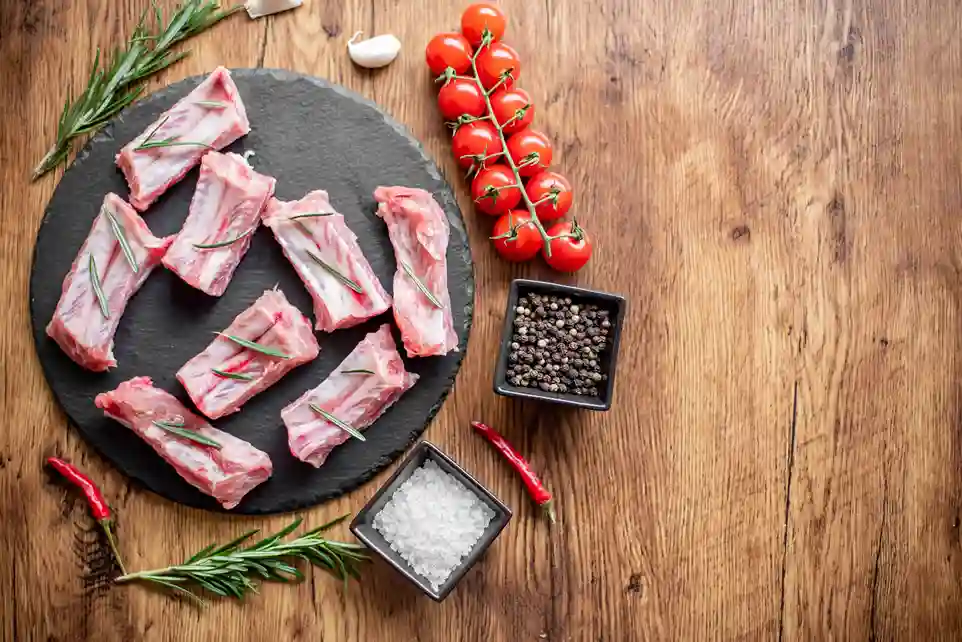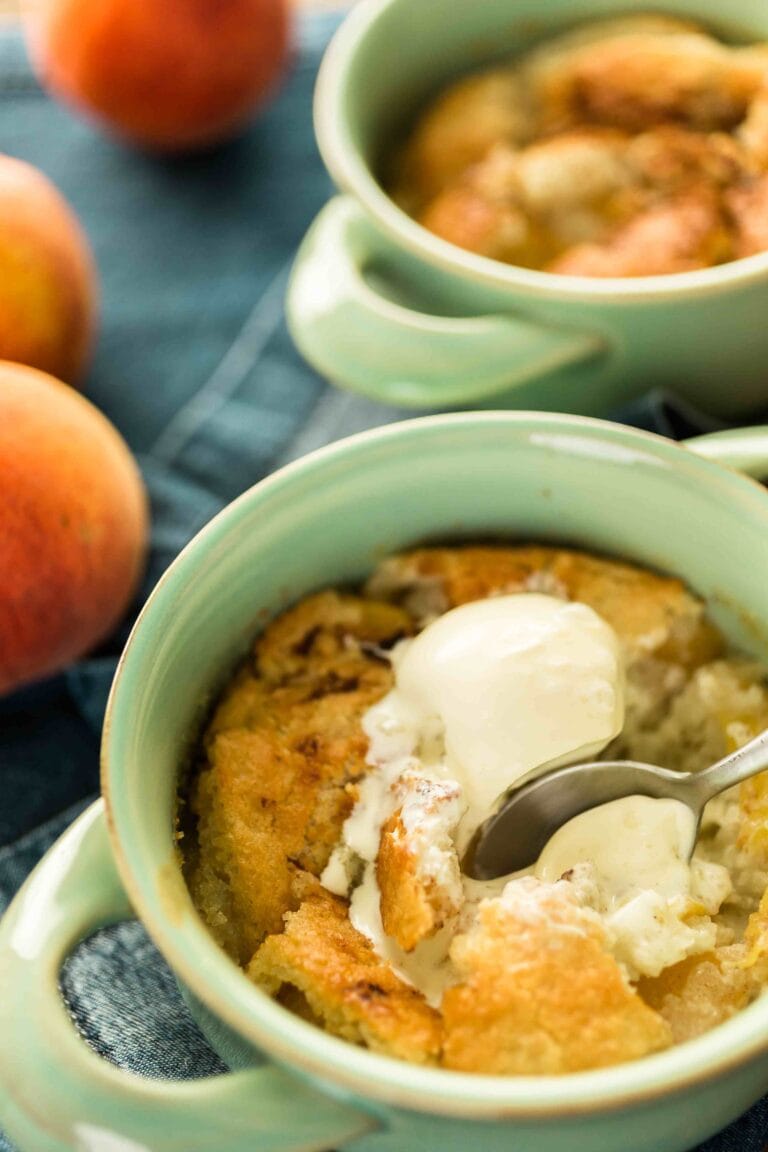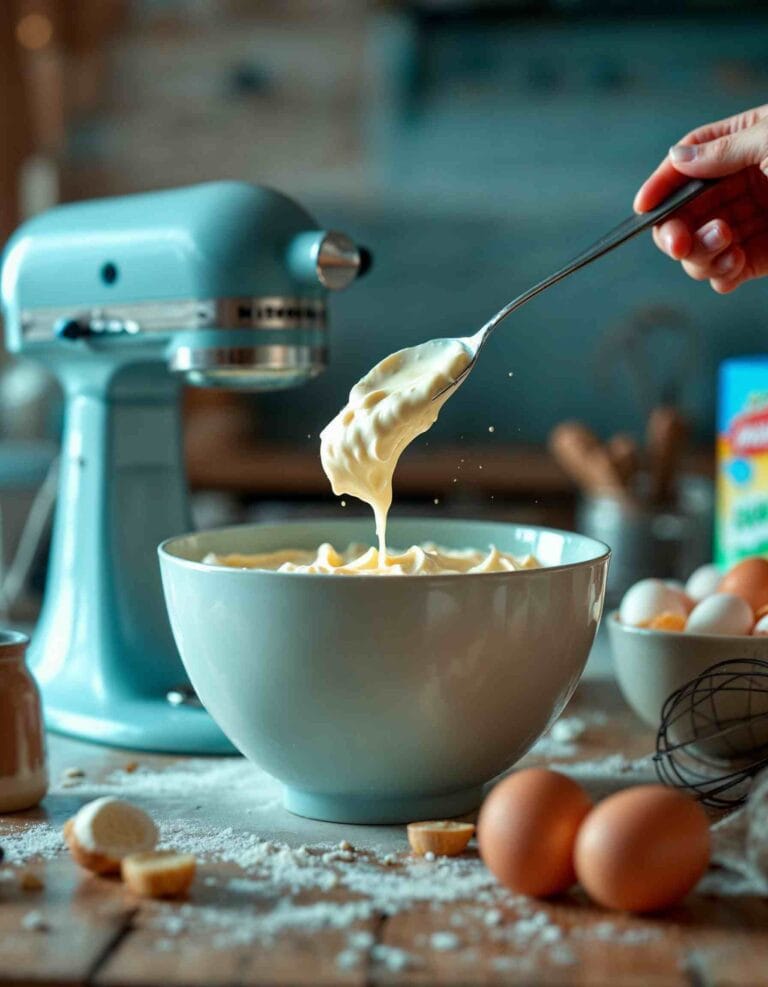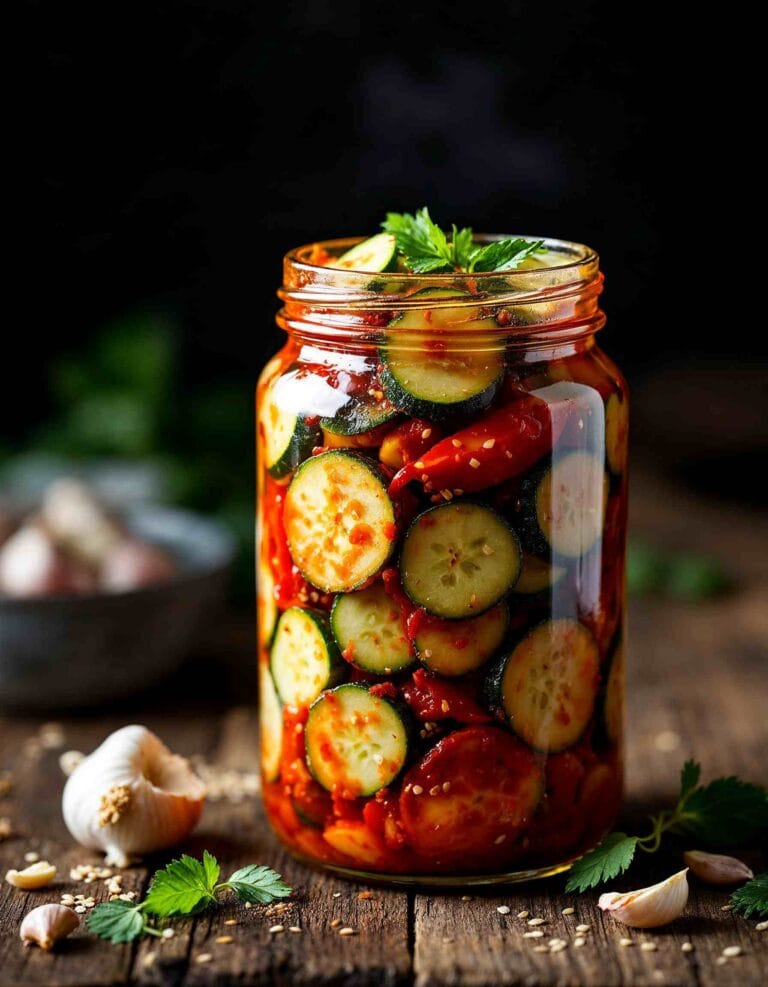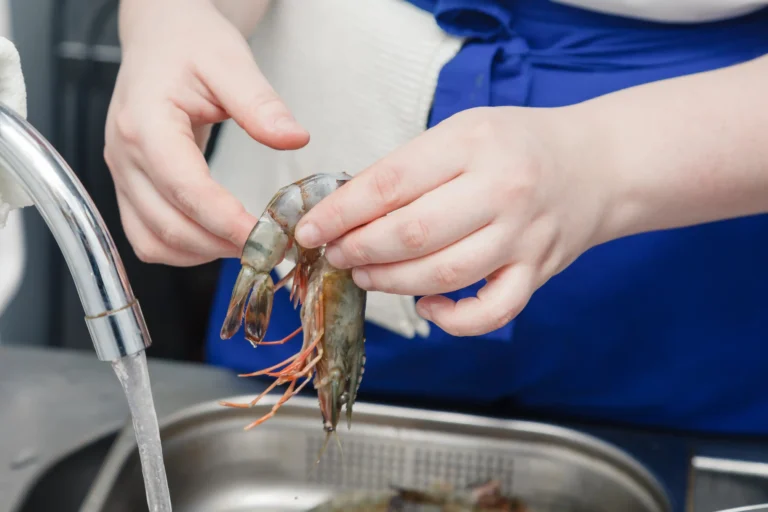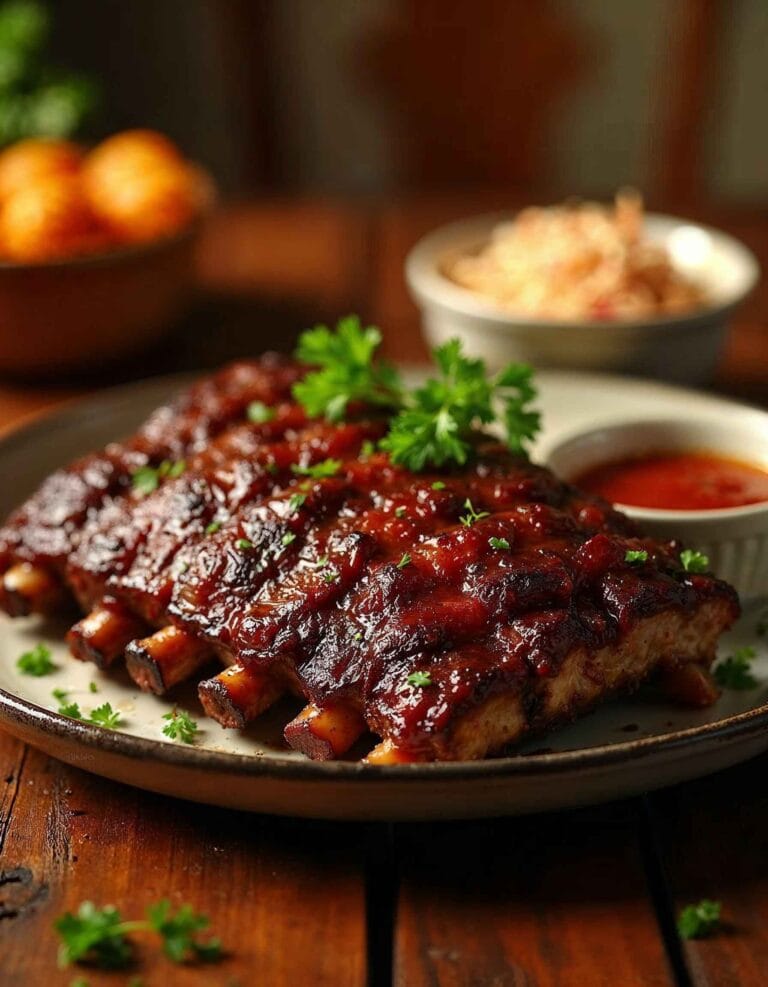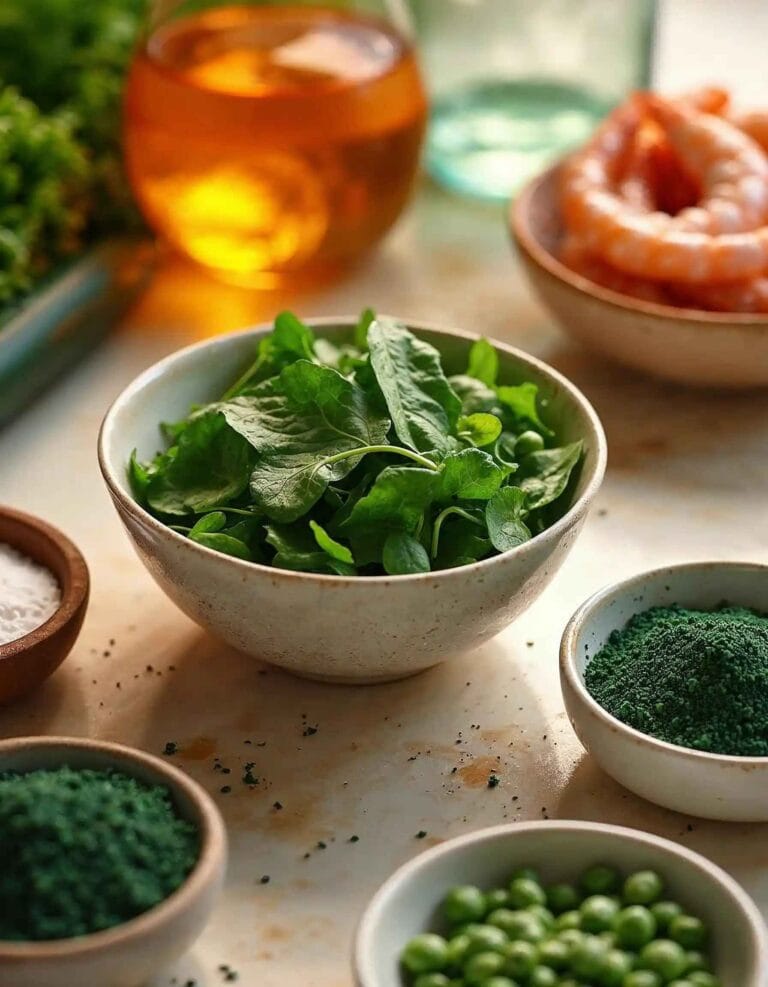Beef Ribs vs. Beef Back Ribs: Differences, Tenderness, and Best Uses
When it comes to barbecues, roasts, or hearty family meals, ribs and back ribs are standout contenders. Both cuts are packed with rich flavors and meaty goodness, making them popular choices for meat lovers worldwide. However, despite their similarities, these two cuts are vastly different in terms of anatomy, flavor, cooking methods, and culinary uses.
Understanding the distinction between ribs and back ribs is essential, especially for home cooks and grill enthusiasts. Selecting the right cut can mean the difference between achieving a melt-in-your-mouth texture or ending up with a meal that falls short of expectations. Whether you’re preparing a backyard barbecue or experimenting with a slow cooker recipe, knowing these differences will help you make informed decisions in the kitchen.
This guide will explore the key characteristics of ribs and back ribs, their respective flavors and textures, and how best to cook them. By the end, you’ll be able to choose the perfect rib cut for your next culinary masterpiece.
Beef Back Ribs: The Ultimate Guide to Perfectly Tender and Flavorful Ribs
What Are Beef Ribs?
Beef ribs are a flavorful and hearty cut of meat taken from the lower portion of a cow, specifically the rib section. This section includes the ribs closer to the breastplate, sometimes overlapping with the chuck or brisket area. ribs are commonly referred to as “short ribs” due to their smaller size compared to other rib cuts, but they pack a substantial amount of meat and rich marbling, making them a popular choice for robust, slow-cooked dishes.
Anatomy and Cut Location
Beef ribs are sourced from the lower rib cage of the cow, usually from ribs 6 through 10. These ribs are thick, meaty, and feature a significant amount of connective tissue. Their close proximity to the chest area contributes to their intense beefy flavor and robust texture. The meat on ribs often includes a mix of muscle, fat, and connective tissue, making it ideal for slow-cooking methods that break down these fibers and create a tender, flavorful result.
Flavor Profile and Texture
The flavor of ribs is bold and savory, with a rich, beef-forward taste due to the high fat content and marbling. The connective tissue in the ribs contributes to a gelatinous texture when properly cooked, making them a favorite among barbecue enthusiasts. Beef ribs are less tender than other cuts like prime rib, but when cooked low and slow, they become succulent and juicy. The fat renders beautifully, infusing the meat with moisture and enhancing its natural flavors.
What Are Beef Back Ribs?
Beef back ribs are another popular cut of meat, but they come from a different section of the cow. These ribs are derived from the upper portion of the rib cage, closer to the spine, and are often the leftover bones from the prime rib or ribeye section. While back ribs contain less meat than ribs, the meat they do have is tender and flavorful, making them a delightful addition to a variety of dishes.
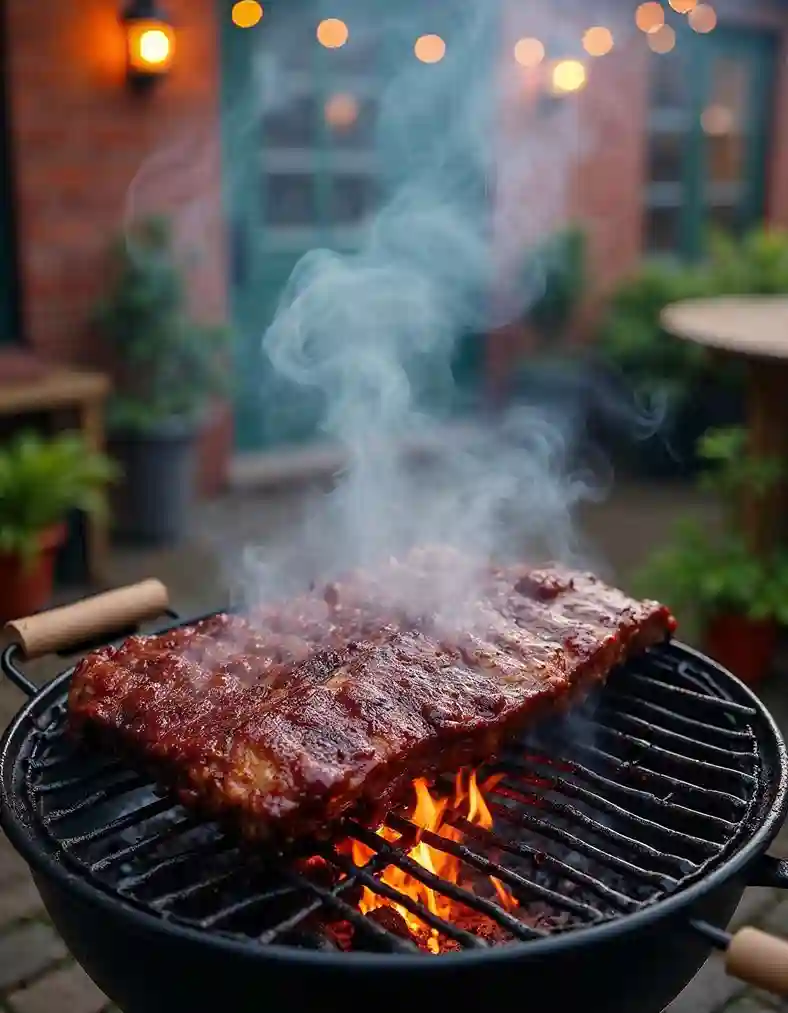
Anatomy and Cut Location
Beef back ribs are taken from the upper ribs, typically ribs 6 through 12. They are located near the loin and spinal area, making them the bones left behind after removing the ribeye or prime rib cuts. Unlike ribs, back ribs are leaner, with most of the meat found between the bones rather than on top of them. The rib bones themselves are long and curved, giving them a distinct appearance.
Flavor Profile and Texture
Back ribs are known for their tender and slightly sweet flavor, a result of their close proximity to the ribeye section. The meat on back ribs is less abundant than that on ribs, but it has a softer, more delicate texture. This cut is well-suited for grilling or smoking, as the thinner layer of meat quickly absorbs marinades, rubs, and smoky flavors.
Key Differences Between Beef Ribs and Beef Back Ribs
Although ribs and back ribs come from the same animal, their differences in cut location, meat content, flavor, and cooking suitability make them unique. Here, we’ll explore these distinctions in detail.
Cut Location
- Beef Ribs:
Beef ribs, also known as short ribs, are taken from the lower rib cage near the breastplate, chuck, or brisket areas. They are part of the section that includes the rib meat closest to the chest. This location contributes to their thick, fatty, and muscular composition. - Beef Back Ribs:
Back ribs come from the upper rib cage, closer to the spine, and are the bones left over after the ribeye or prime rib cuts are removed. This location results in a leaner cut with less meat, primarily situated between the bones.
Meat Content and Bone Structure
- Beef Ribs:
Beef ribs are meatier, with a generous amount of beef on top of and between the bones. The bones themselves are shorter and more compact, giving rise to the term “short ribs.” The marbling and connective tissues are prominent, requiring longer cooking times to break down and tenderize the meat. - Beef Back Ribs:
Back ribs have less meat overall, as most of the prime rib or ribeye cut is removed. The remaining meat is located primarily between the bones, and the bones are longer and curved, resembling traditional pork ribs.
Flavor and Tenderness
- Beef Ribs:
Known for their bold, robust beefy flavor, ribs develop a deep umami profile when cooked correctly. The high fat content and connective tissue create a rich, melt-in-your-mouth texture when slow-cooked. - Beef Back Ribs:
Back ribs have a milder flavor compared to ribs but are still delicious, with a hint of sweetness. The tenderness of back ribs makes them quicker to cook and more suitable for grilling or barbecuing.
Cooking Methods and Uses
- Beef Ribs:
Due to their thickness and connective tissue, ribs are best suited for slow cooking methods such as braising, smoking, or slow roasting. These techniques allow the meat to become tender and juicy while enhancing the flavor through prolonged exposure to heat and seasoning. - Beef Back Ribs:
Back ribs are more versatile in their cooking methods, performing well on the grill, in the oven, or over a smoker. Their leaner meat benefits from quick cooking techniques and marinades that enhance their flavor without requiring extended cooking times.
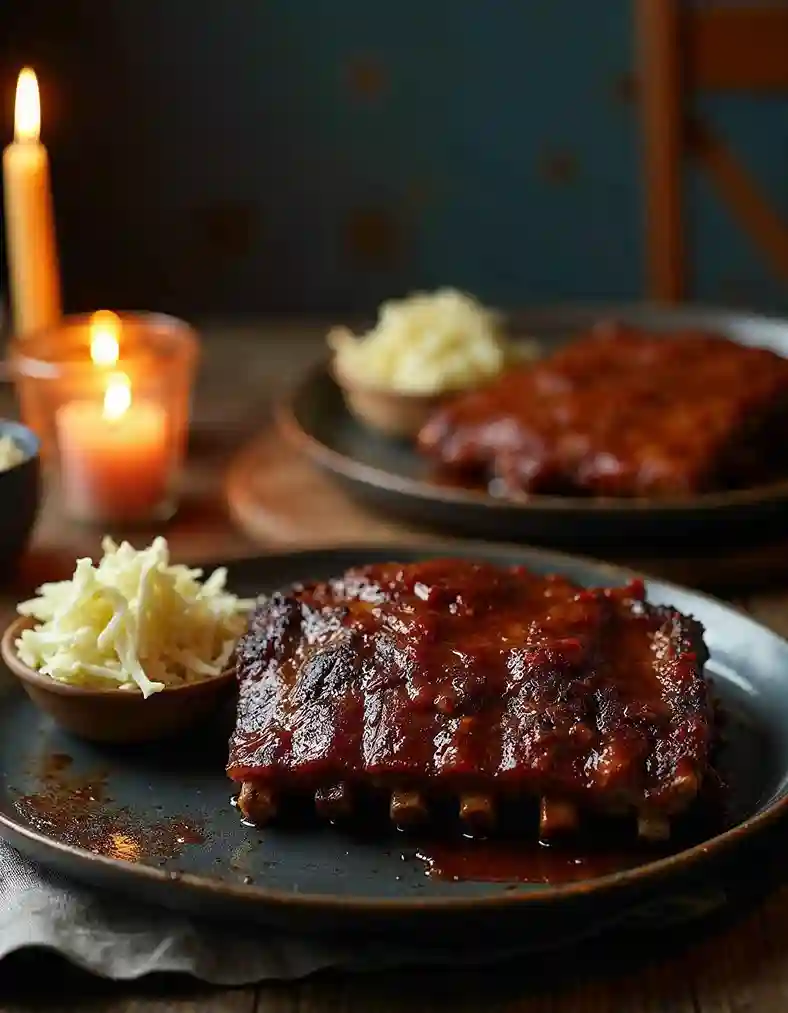
How to Choose Between Ribs and Back Ribs
Selecting the right cut of ribs depends on several factors, including personal preferences, cooking styles, and the occasion. Here’s a detailed guide to help you decide between ribs and back ribs for your next meal.
Personal Preferences
- Meatiness:
If you’re looking for a hearty cut with a lot of meat, ribs (short ribs) are the ideal choice. Their thick layer of meat and marbling make them satisfying for those who love rich, tender beef. On the other hand, if you prefer ribs with a lighter, leaner bite, back ribs are a better option. - Flavor Profile:
Beef ribs deliver a bold, beefy flavor that stands out in stews or slow-cooked dishes, while back ribs have a slightly sweeter, milder taste, perfect for grilling and barbecues.
Budget Considerations
- Beef Ribs:
Beef ribs tend to be more expensive due to their higher meat content and rich marbling. They’re considered a premium cut for slow-cooking recipes, which can add to their price tag. - Beef Back Ribs:
Back ribs are often more affordable because they’re taken from the leftover rib section after the prime rib or ribeye cuts are removed. They’re a cost-effective choice for delicious grilled or smoked ribs.
Cooking Style and Occasions
- For Slow Cooking or Braising:
If you plan to slow-cook or braise your ribs, beef ribs are the best choice. Their connective tissues break down beautifully during long cooking processes, creating a tender, fall-off-the-bone texture. - For Grilling or Barbecuing:
Back ribs excel on the grill or smoker, as their leaner meat cooks quickly and absorbs marinades and rubs effectively. They’re ideal for outdoor barbecues and casual gatherings. - For Versatility:
Back ribs offer more versatility, working well in a range of recipes from oven-roasted ribs to smoked and glazed options.
Best Cooking Methods for Ribs and Back Ribs
Each type of rib has its own optimal cooking techniques that bring out the best flavors and textures. Let’s explore how to prepare these cuts for maximum deliciousness.
Beef Ribs
- Braising:
This method involves cooking ribs in a flavorful liquid over low heat for an extended period. The liquid helps tenderize the meat, while the slow cooking time enhances the rich flavors.- Best for: Stews, soups, or standalone dishes with a savory broth or sauce.
- Tips: Brown the ribs first for a caramelized crust, then deglaze the pan with wine or stock before adding vegetables and aromatics.
- Smoking:
Smoking is a classic way to cook ribs, infusing the meat with smoky flavors over several hours. The slow process tenderizes the meat and brings out its deep, beefy taste.- Best for: Outdoor barbecues and family gatherings.
- Tips: Use a rub with bold spices and allow the meat to rest after smoking for maximum flavor.
- Grilling:
While grilling isn’t as common for ribs, it’s still possible. The key is to cook them over indirect heat to avoid drying out the meat.- Best for: Quick meals with a smoky, charred flavor.
- Tips: Pre-cook the ribs in the oven or by braising to ensure they’re tender before finishing them on the grill.
Beef Back Ribs
- Grilling:
Grilling is one of the most popular methods for cooking back ribs. The lean meat absorbs marinades well and develops a delicious caramelized crust when exposed to high heat.- Best for: Quick and flavorful meals.
- Tips: Apply a wet marinade or rub beforehand, and baste frequently while grilling for extra moisture.
- Roasting:
Roasting back ribs in the oven is a simple way to achieve tender, juicy ribs. The even heat ensures consistent cooking, and you can add your favorite glaze or sauce.- Best for: Indoor cooking during colder months.
- Tips: Cover the ribs with foil for the first half of the cooking time to retain moisture, then uncover to achieve a crispy exterior.
- Smoking:
Like ribs, back ribs also benefit from smoking. The lean meat absorbs the smoky flavors quickly, making this a shorter process compared to smoking ribs.- Best for: Enhancing flavor without overcooking.
- Tips: Use a milder wood like cherry or apple to complement the delicate flavor of back ribs.
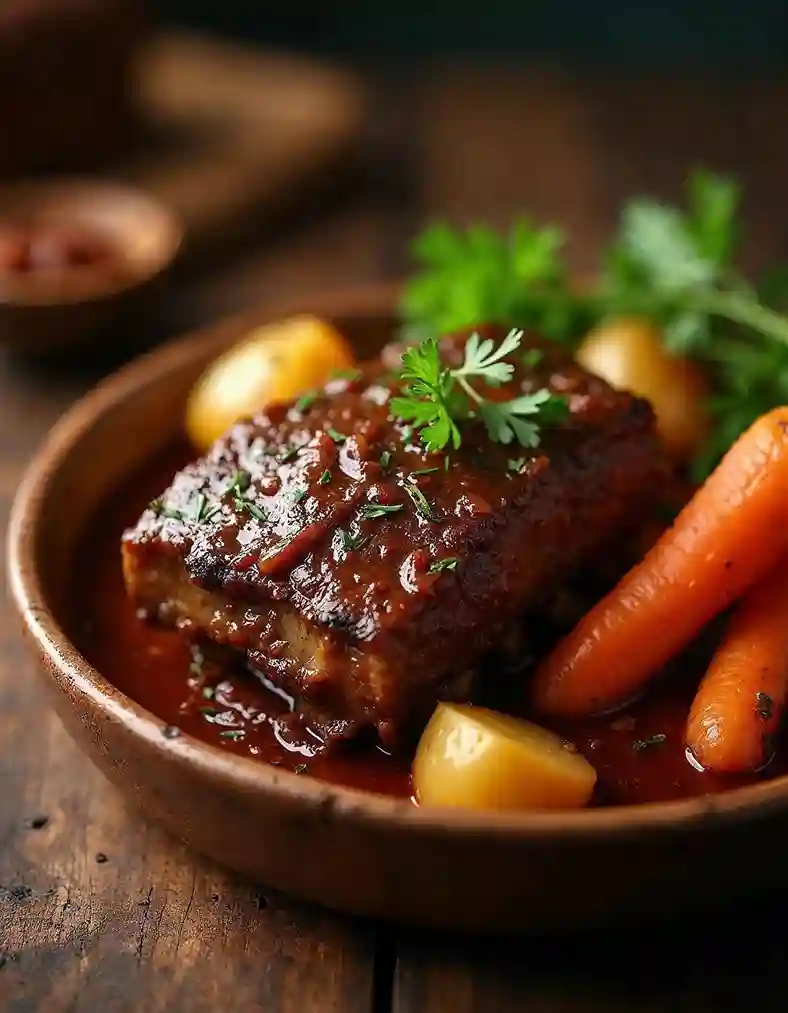
Are Beef Back Ribs a Good Cut? Tips, Benefits, and Cooking Methods
Popular Dishes Featuring Beef Ribs and Beef Back Ribs
Both ribs and back ribs can be used to create iconic dishes that showcase their unique flavors and textures. Below, we’ll explore some popular recipes and dishes that highlight each type of rib.
Popular Dishes Featuring Beef Ribs
- Smoked Beef Ribs:
Smoked ribs are a barbecue classic, slow-cooked to perfection over wood chips. The result is tender, juicy meat with a smoky crust that’s packed with flavor.- Preparation: ribs are seasoned with a dry rub of salt, pepper, garlic powder, and paprika before being smoked for several hours.
- Serving Suggestions: Pair with coleslaw, baked beans, or cornbread for a complete meal.
- Braised Short Ribs:
Braised ribs are a hearty, comforting dish perfect for colder months. They are cooked in a flavorful liquid with onions, carrots, and celery until tender.- Preparation: The ribs are seared for a caramelized crust, then simmered in a broth or wine-based sauce for several hours.
- Serving Suggestions: Serve over mashed potatoes, polenta, or rice.
- Beef Rib Stew:
Short ribs are a staple in rich, slow-cooked stews. Their marbling adds depth to the dish, creating a hearty, savory flavor.- Preparation: The ribs are slow-cooked with potatoes, carrots, and herbs in a thickened broth.
- Serving Suggestions: Best enjoyed with crusty bread or over noodles.
Popular Dishes Featuring Back Ribs
- Grilled Back Ribs with BBQ Sauce:
Beef back ribs shine when grilled and basted with a tangy barbecue sauce. The quick cooking time makes them a favorite for outdoor gatherings.- Preparation: The ribs are marinated overnight in a blend of soy sauce, honey, garlic, and spices, then grilled over medium heat.
- Serving Suggestions: Serve with grilled vegetables, potato salad, or macaroni and cheese.
- Oven-Roasted Back Ribs:
When the grill isn’t an option, oven-roasting back ribs is an excellent alternative. This method allows you to achieve tender ribs with a sticky glaze.- Preparation: The ribs are coated in a dry rub, roasted at a low temperature, and brushed with a glaze made of ketchup, brown sugar, and vinegar.
- Serving Suggestions: Enjoy with roasted potatoes and a green salad.
- Smoked Back Ribs with Dry Rub:
Smoking back ribs enhances their flavor without overwhelming their natural sweetness. A dry rub of spices complements the meat beautifully.- Preparation: The ribs are coated in a blend of cumin, coriander, chili powder, and salt, then smoked for a few hours.
- Serving Suggestions: Serve with pickled vegetables and a creamy dipping sauce.
FAQs
Are Beef Back Ribs the Same as Beef Ribs?
No, back ribs and ribs are not the same. Beef back ribs come from the upper rib cage near the spine, and they are often the leftover bones after the ribeye or prime rib has been removed. In contrast, beef ribs, also known as short ribs, are cut from the lower part of the rib cage near the chest and are much meatier. While both cuts are flavorful, they differ in texture, flavor intensity, and cooking methods.
Which Beef Ribs Are the Most Tender?
Beef back ribs are generally more tender than ribs because they come from a leaner part of the cow near the ribeye. However, ribs can become incredibly tender when slow-cooked or braised for an extended period, as the connective tissue and marbling break down, creating a melt-in-your-mouth texture.
Are Beef Back Ribs Tough? Tips for Tender Ribs
What Kind of Ribs Are Best?
The “best” beef ribs depend on your cooking method and personal preferences:
- Beef Ribs (Short Ribs): Best for slow-cooking methods like braising or smoking due to their rich marbling and meaty texture.
- Beef Back Ribs: Ideal for grilling or barbecuing because of their tenderness and leaner meat.
Both cuts are excellent, but their use depends on the dish you’re preparing.
Are Beef Back Ribs Good to Eat?
Yes, back ribs are delicious and versatile. While they have less meat compared to beef ribs, the meat is tender and flavorful, especially when grilled, roasted, or smoked. Their leaner composition makes them a lighter option for ribs, and they pair well with marinades and barbecue sauces.
Conclusion
When choosing between ribs and back ribs, understanding their differences is key to selecting the perfect cut for your recipe. Beef ribs, known for their meaty texture and rich flavor, are ideal for slow-cooking methods like braising and smoking. They are a premium cut, perfect for hearty dishes that showcase their robust qualities. On the other hand, beef back ribs offer a leaner, more delicate alternative that excels on the grill or in the oven, making them a versatile choice for quicker, lighter meals.
Ultimately, the choice between ribs and back ribs depends on your personal preferences, budget, and cooking style. Whether you prefer the bold, fatty flavor of beef ribs or the tender, sweet meat of back ribs, both cuts can create unforgettable meals when prepared correctly.
By following the guidelines and cooking tips outlined in this article, you’ll be equipped to choose, prepare, and enjoy the perfect ribs for any occasion. From backyard barbecues to slow-cooked stews, both cuts have their place in the kitchen and on the table.

